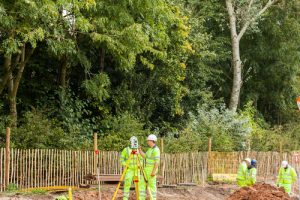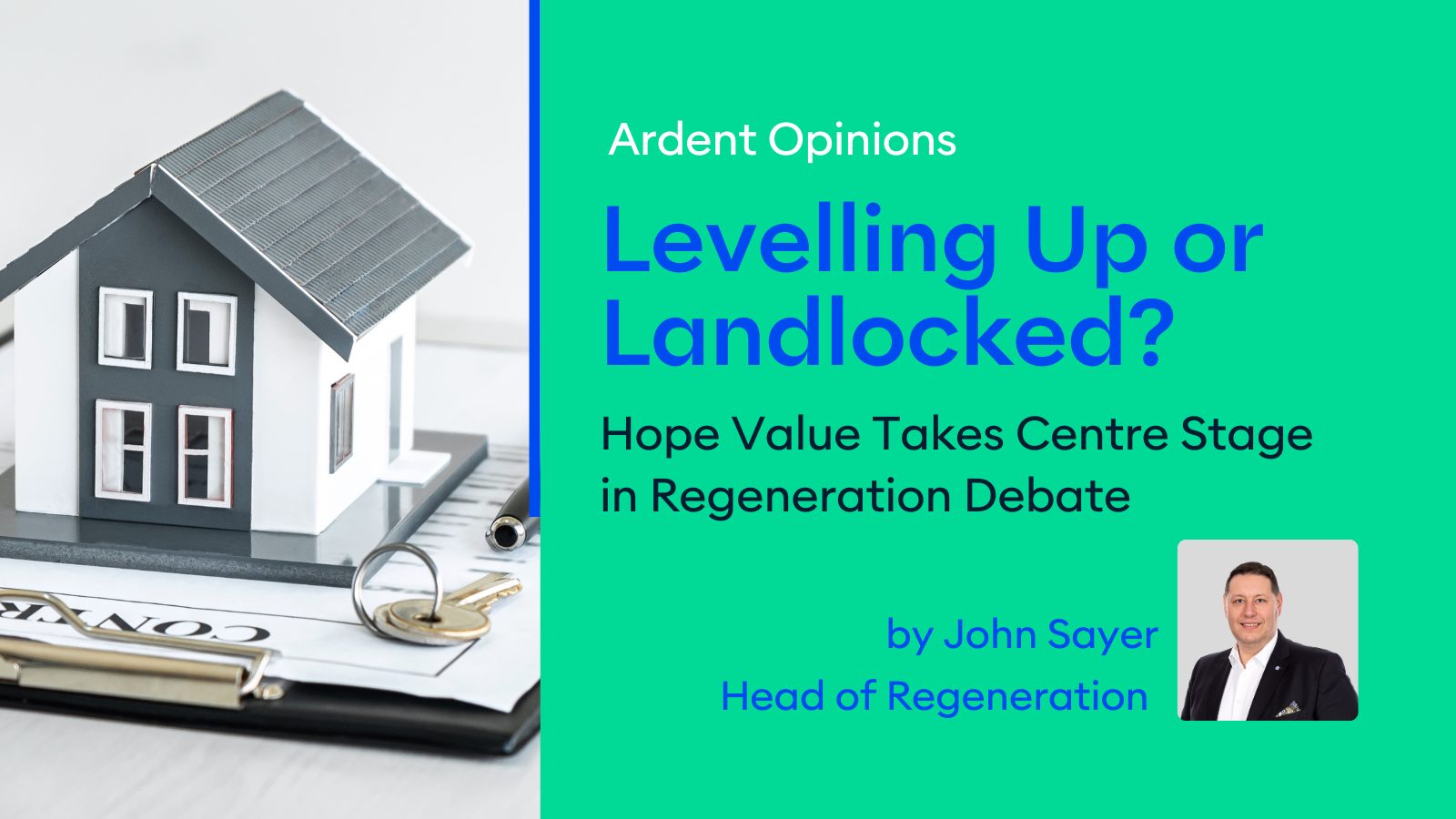Following Royal Assent in late 2023, the Levelling Up and Regeneration Act has landed, bringing with it a whirlwind of promises and anxieties. Alongside plans for faster planning and devolution, the Act grapples with the thorny issue of hope value when acquiring land by compulsion, a concept with the power to either unlock or stall ambitious housing plans.
what is hope value and why does it matter in compulsory purchase?
Put simply, it’s the additional price landowners can claim if their land is compulsorily purchased and they demonstrate the market would otherwise have paid a premium for the prospect of alternative use. It reflects the “hope” of future development prospects, potentially increasing acquisition costs beyond the land’s current use. In some cases this can leave councils and housing associations caught in a bind, shackled by high land prices as they try to deliver much-needed social infrastructure and affordable homes.
The Levelling Up and Regeneration Act includes a series of reforms to tackle this challenge. It introduces the power to disapply hope value in certain circumstances, allowing authorities to acquire land with compulsion at a lower price when it comes to essential projects like housing, education, or healthcare. This is a move welcomed by housing advocates, who see it as a key step towards boosting social housing provision and revitalising neglected communities.
However, the devil is in the details. The disapplication of hope value is not automatic, and the final decision rests with the Secretary of State. Additionally, concerns linger about potential loopholes and unintended consequences. Some developers, for instance, argue that removing hope value could deter investment and stifle regeneration efforts. Arguably, landowners are being unfairly treated as they will be compensated at less than the market value of their land.
In urban areas where land and property are already actively utilised by businesses, the financial burden of business relocation can often pose a greater challenge to project viability than the land value alone. Consequently, the effectiveness of the new legislation in facilitating urban regeneration may be limited, while its potential might be better realised in the context of greenfield developments.

Will the Levelling Up and Regeneration Act drive progress or be hindered by land value calculations?
It’s too early to say. The success hinges on effective implementation and robust safeguards. Transparency and clear criteria for disapplying hope value are crucial to ensure fairness and prevent abuse. Moreover, ongoing monitoring and evaluation will be essential to assess the impact of these reforms and adjust course if needed. Of course, using these powers to reduce the cost of land below market value is also likely to result in protracted or stalled negotiations with landowners, increased numbers of objections and references to the Upper Tribunal, which could cause project delay (and, converse to the ambitions of the new provisions, increased project costs),
Ultimately, the Levelling Up agenda requires a multi-pronged approach. Tackling hope value is one approach, but it’s one piece in a much larger puzzle. Streamlining planning processes, boosting local authority funding, and fostering community engagement are equally important to ensure that regeneration reaches those who need it most.
Need expert support for your regeneration project?
We understand the challenges that come with delivering successful projects that produce local and national growth. We work with Local Authorities and developers to provide land and property services from start to finish. Whether you need help with land assembly by agreement or through compulsory purchase, our team can help.
We’ll ensure your project runs smoothly. Contact us to find out how we can support your regeneration projects.
